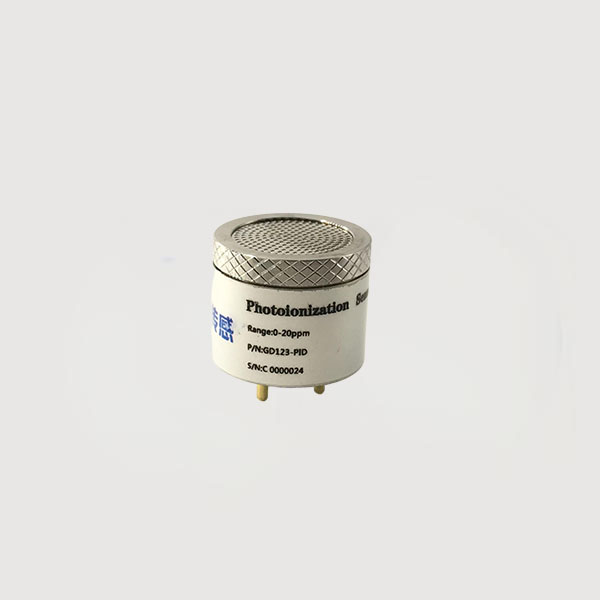

 News
News Industry News
Industry NewsPlants emit VOCs
The release of VOCs by plants is often considered a defense mechanism. VOCs emitted by plants have a deterrent effect on harmful pathogens, insects, and herbivores, and are also beneficial to the healing of plant wounds. Some highly volatile VOCs can attract animals or insects to help with pollination; or attract natural enemies of herbivores, thereby achieving a defensive effect.
Moreover, the VOCs emitted by plants have obvious seasonal variation characteristics. In summer, the temperature is higher and the solar radiation is stronger, and the physiological activities of plants are vigorous, so more VOCs are emitted. In winter, deciduous plants will greatly reduce VOC emissions due to the withering and falling of leaves and entering a physiological dormancy period; while evergreen plants will also reduce their VOC emissions due to the drop in ambient temperature.
There is no clear evidence that VOCs emitted by plants will cause direct harm to human health, but VOCs emitted by plants are very active and can undergo a series of complex atmospheric chemical reactions with nitrogen oxides to generate ozone and organic aerosols. When ozone and organic aerosols in the ambient air reach a certain concentration, they will cause harm to human health. Therefore, from this perspective, VOCs emitted by plants will have an adverse effect on the atmospheric environment under certain conditions.
Catering fume VOCs
Catering fume, industrial waste gas, and motor vehicle exhaust have been regarded as the three major "pollution killers" in cities. The components of fume pollutants are complex, mainly including particulate matter and gaseous organic matter.
The main components of volatile organic compounds (VOCs) in fume pollutants are hydrocarbons and oxygen-containing organic matter (of which non-methane total hydrocarbons account for about 68%, and oxygen-containing organic matter accounts for about 32%), and are mainly benzene series, alkanes, alkenes, and ketones. The characteristic substances are toluene, xylene, ethylbenzene, acetone, propylene, etc.
Restaurant fume is one of the direct sources of PM2.5. Secondly, the fume contains a variety of volatile organic compounds that can react with nitrogen oxides in the environment, enhance the oxidation of the atmosphere, and accelerate the formation of secondary particulate matter. A large amount of untreated fume pollutants discharged into the atmosphere will indirectly lead to the production of a large amount of ozone and ozone pollution.
Ubiquitous VOCs
1. VOCs released in the ocean Algae and certain marine organisms in the ocean will emit VOCs. However, compared with plants on land, the amount of VOCs from the ocean is very small and not enough to affect the chemical composition of the atmosphere.
2. VOCs generated by domestic garbage Within 0 to 3 days after the generation of domestic garbage, the organic matter in the garbage will produce a small amount of VOCs released into the atmosphere under the degradation of microorganisms.
3. VOCs in the bathroom Daily chemicals in the bathroom, such as skin care products, cosmetics, and synthetic detergents, contain VOCs, which will evaporate into the air during use.
4. VOCs in hospitals Some types of disinfectants used in hospitals are volatile organic compounds. On the other hand, when hospitals prepare specimens, they need to use formaldehyde, ethanol, and xylene, which will also cause local unorganized emissions of VOCs.
5. VOCs in barbershops A large number of hair dyeing and perming reagents in barbershops contain VOCs.

VOCs are emitted "everywhere", even when we dress or cook, there are VOCs emissions. Moreover, there are many types of VOCs with different properties. There are hundreds of common and monitored VOCs. In terms of VOCs monitoring, Weisheng Technology has sensor solutions for indoor air pollution and atmospheric environmental pollution, which can meet the VOCs monitoring in different scenarios of production and life. If you have relevant needs, please contact us for more product information~
ShanXi TengXing Sensor TechnologyCo.,Ltd
Web: www.tensensor.com
Email: [email protected]
Tel/WhatsApp: 86 18335818384